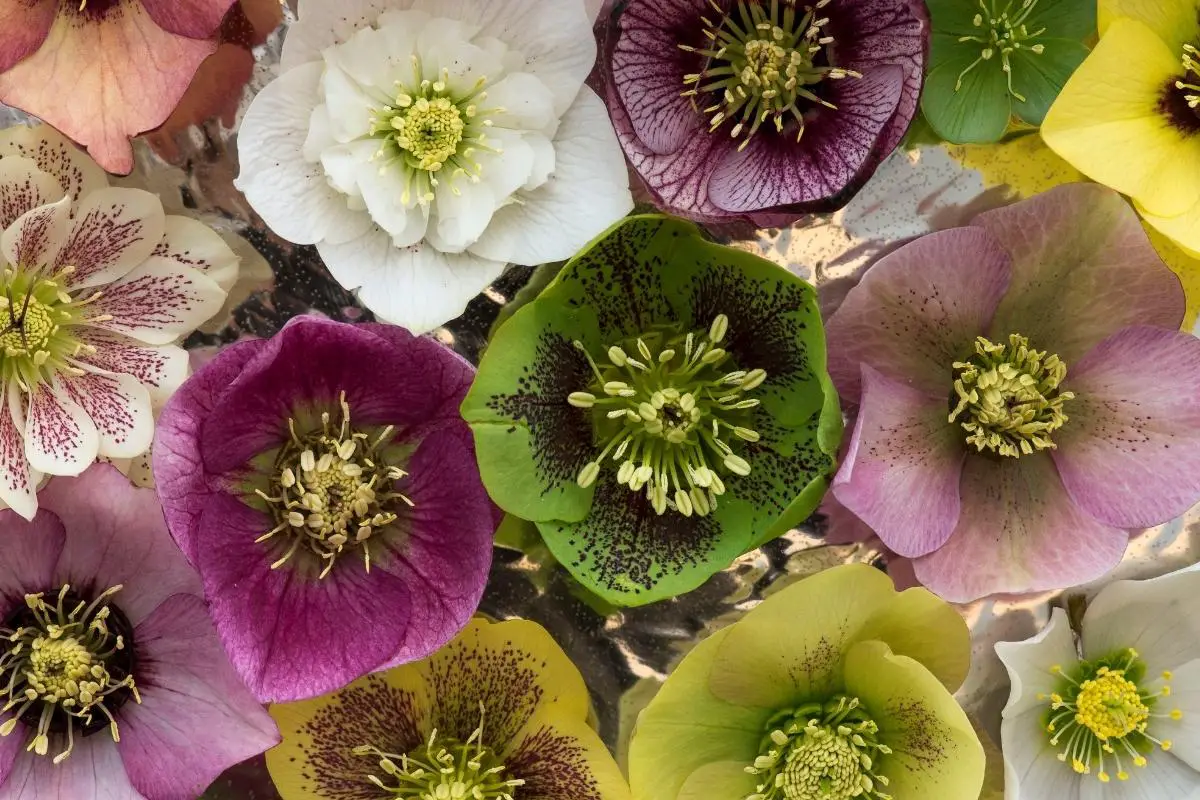Hellebore comes from the plant family called Ranunculaceae. There are nearly two dozen different perennial plants that can fall under the category of hellebores. We are going to take a closer look at the various types of hellebores and compare their differences.
In addition, we will be taking a closer look at the visual characteristics of each type of hellebore before moving on to other subjects relating to each type of hellebore variation.
Table of Contents
Hellebore Varieties
The Lenten Rose and Christmas Rose variations are two of the most common varieties of Hellebore. There are almost twenty other hellebore varieties that share similar characteristics, such as the Corsican hellebore, Stinking Hellebore, Double Ladies hellebore, Anne’s Red, and Fragrant hellebore.
Understanding the different characteristics of each type of hellebore variety can be confusing and difficult to make sense of. The good news is that we are going to go through the most common hellebore varieties individually and look at some important characteristics about each to help you get the basics.
While many of these hellebore varieties have similar characteristics and maintenance requirements, some do have some significant differences from each other.
Common Types of Hellebores
It is time to take a look at the most common types of hellebores. These variations may be known to you, but some of their important characteristics may surprise you. Let’s start by taking a look at two types of hellebores that almost everyone knows about.
Lenten Rose
The Lenten Rose is certainly one of the most popular variations of the hellebore plant. It blooms early in the season and is commonly recognized for its vibrant white, lavender, and purple flowers. This evergreen perennial flower requires moist soil conditions with reasonable amounts of draining within the soil itself.
They commonly bloom in the final moments of winter and can tolerate partial shade or full sunlight. It’s worth noting that the Lenten Rose is extremely capable of surviving droughts as long as it has had time to establish itself.
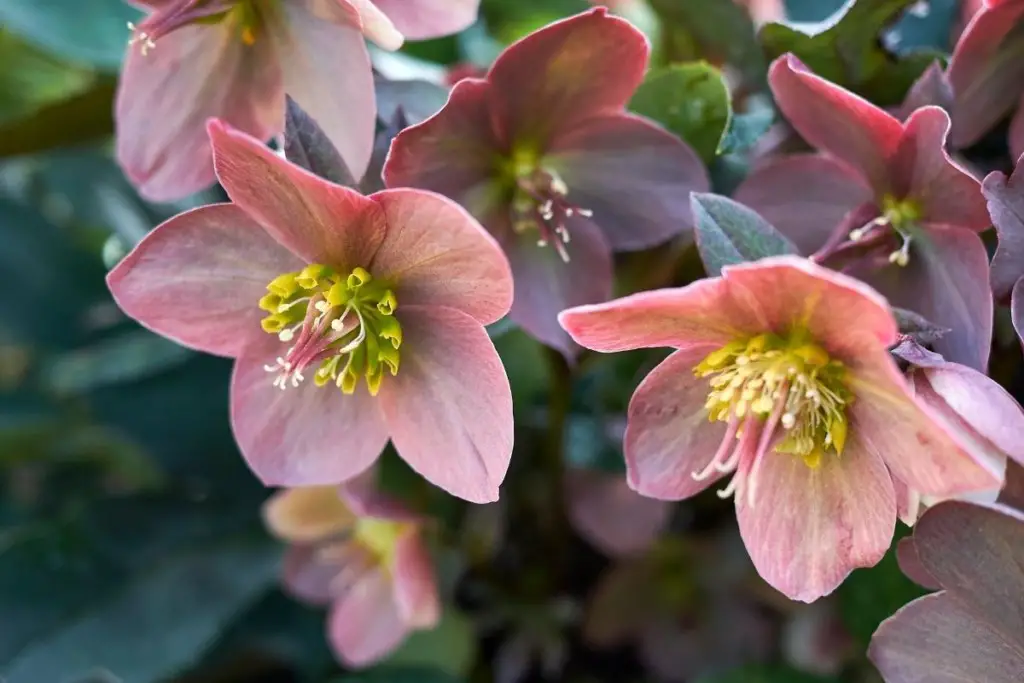
Christmas Rose
The Christmas Rose is known for its white flowers that are mixed with a yellowish tint of stamens. This plant originated in Europe near mountainous regions. The Christmas Rose commonly blooms during December and prefers slightly warmer climates than the Lenten Rose.
While it has similar size characteristics to the Lenten Rose, it generally is a bit smaller. The Christmas Rose usually grows to be about 16 inches in height, while the Lenten Rose can grow slightly taller to about 20 inches in height.
See our article for Christmas Rose click here.
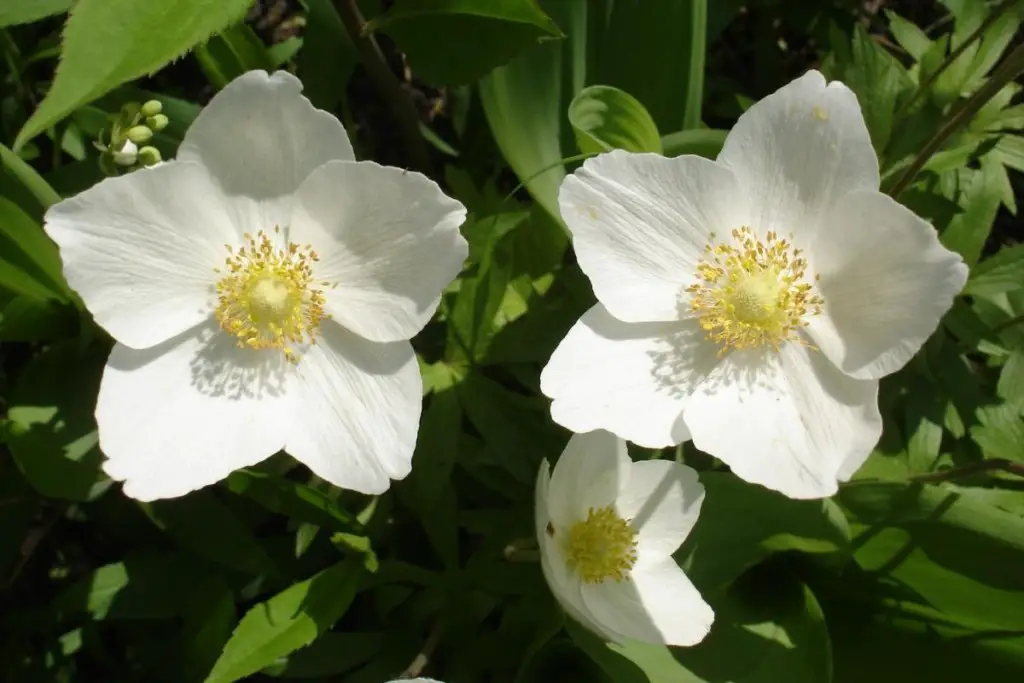
Corsican Hellebore
Found on an island of France known as Corsica, the Corsican Hellebore is yet another popular variation that blooms between the winter and the summer. Light green flowers are common in this particular variation. You’ll also notice that the average size for this particular hellebore variation is about two and a half feet.
In addition to the size and color characteristics, this particular hellebore is known for thriving in partial shade. It requires well-drained soil with moist properties. After it has had time to establish itself, it also becomes resistant to droughts.
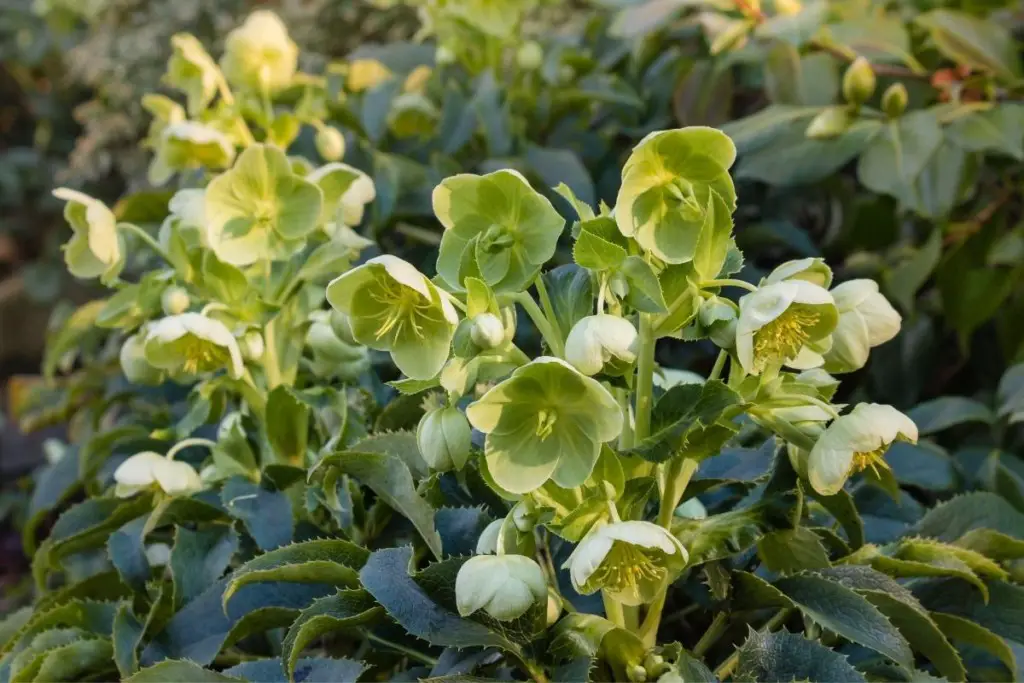
Stinking Hellebore
The Stinking Hellebore can most commonly be found during the early weeks of spring. The reason for the unusual name for this variation of hellebores is that it can develop a horrendous smell when its foliage is crushed or squeezed.
If you are planning to add this unique hellebore to your garden, it’s important to remember that this particular variation prefers a lot of sunlight. At the very least, it needs access to regulated partial sunlight conditions to thrive properly.
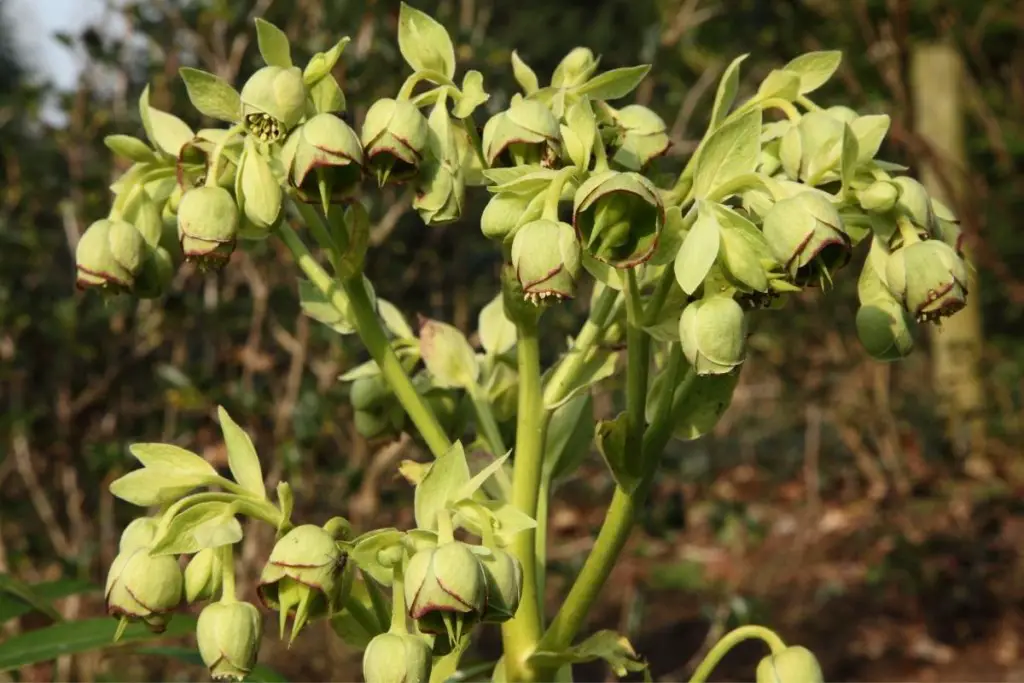
Anna’s Red
You’ll notice that Anna’s Red has vibrant dark green, red, and purple leaves that will easily catch your attention from a distance. Much like other hellebore varieties, this plant prefers a balanced amount of shade and sunlight.
The bright pink and red flowers are only one of the reasons that this variation is so quickly recognized. It generally blooms between the winter months and the spring months, although it has very thick and vibrant leaves that can have varying characteristics depending on its local climate exposure.
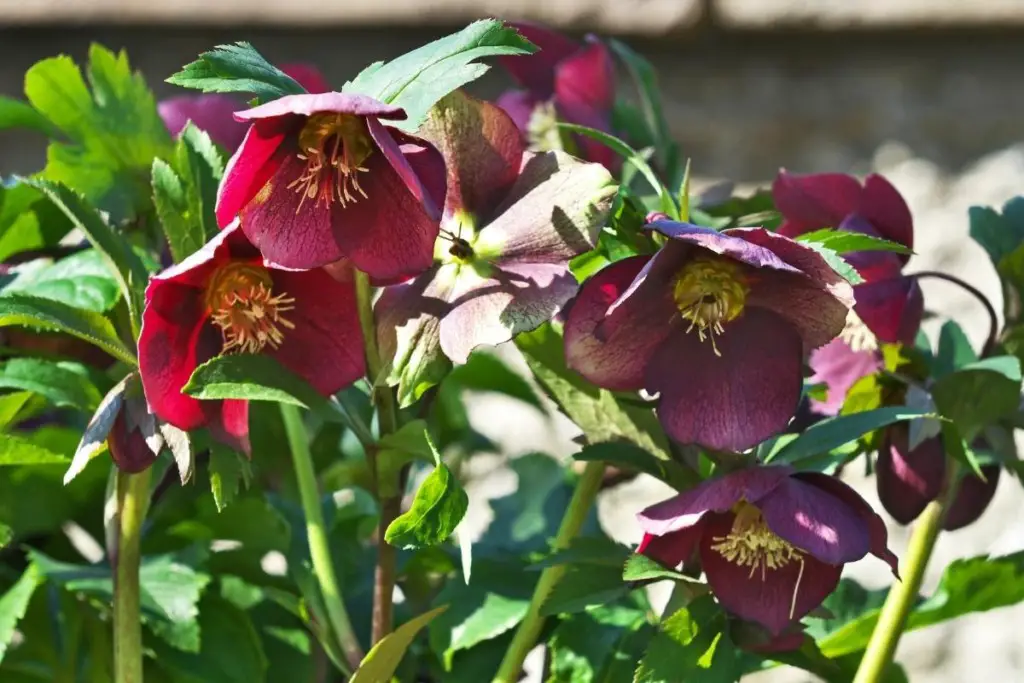
How Many Hellebore Varieties Are There?
There are about two dozen different hellebore varieties that belong to the family of Ranunculaceae. We have already explored several of the most popular types of hellebores, including the Lenten Rose and the Christmas Rose, which are generally considered to be the most popular.
It can be challenging to know the exact number because the ‘recognized’ number of hellebores can be different from the number of hellebore varieties that have been ‘identified’.
So, even though we have mentioned that there are about two dozen recognized hellebore varieties, there may be many additional non-recognized hellebores that could also fall into this category.
Many varieties are hybrids, and different hybrids produce a variety of flower colors. Hellebore is a great plant to use to diversify your garden. Source.
Types of Hellebores:
- Christmas rose
- Lenten rose
- Corsican Hellebore
- Stinking Hellebore
- Anne’s Red
- Ivory Prince
- Winter Jewels (another name for Lenten rose)
- Picotee Lady
- Syncarpus
- Onyx Odyssey
- Painted Doubles
- Ruby Glow
- Confetti Cake
- Golden Lotus
- Red Racer
The four main varieties are the Christmas Rose, the Lenton Rose, Stinking Hellebore, and the Corsican Hellebore. There are many other varieties out there that may not be represented on this list. The great thing about plants is they tend to spread out, adapt, change, and they never cease to surprise.
Related Questions
Are all hellebore varieties companion plants to each other?
There’s a very good chance that each type of hellebore will be an excellent companion to another similar hellebore variation. For this reason, it’s generally a good idea to plant them in similar areas and regions. In addition, you should always try and ensure that they are not planted too close together because they can harm the other plant’s growth potential.
Are different hellebore varieties always different colors?
Each variety of hellebore generally has its own color possibilities and sizes. It’s sometimes possible for hellebore plants to share characteristics from more than one variation, but this is rare. When you plant seedlings, they can have different color blooms than the original plant. This is why diving is the best option.

